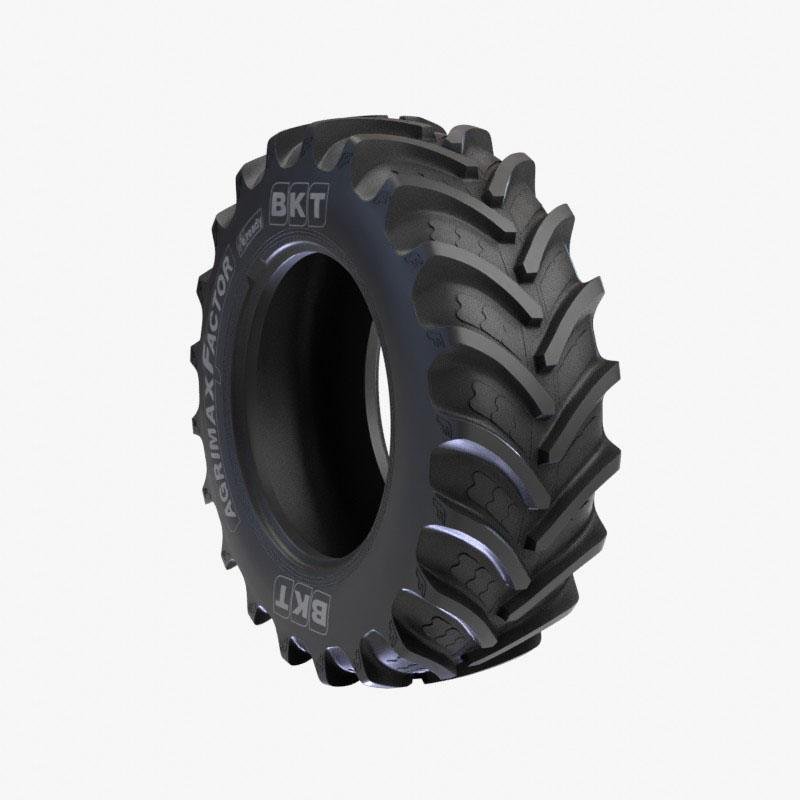Choosing the right tractor tires is crucial for maximizing efficiency, reducing soil compaction, and ensuring long-term durability. Whether you’re a beginner or an experienced farmer, selecting the best tires for your machinery can significantly impact productivity. This guide covers everything you need to know—from tread patterns to load capacity—helping you make an informed decision.
Why Tractor Tire Selection Matters
Tractor tires influence:
-
Traction & Stability – Proper tires prevent slippage and improve control.
-
Fuel Efficiency – The right tread reduces rolling resistance.
-
Soil Health – Minimizing compaction protects crop yields.
-
Longevity – Durable tires lower replacement costs.
Types of Tractor Tires
1. R1 (Agricultural) Tires
-
Deep treads for muddy fields.
-
Ideal for heavy-duty farming.
2. R3 (Turf) Tires
-
Smooth treads to avoid lawn damage.
-
Best for landscaping and golf courses.
3. R4 (Industrial) Tires
-
Balanced tread for mixed use.
-
Great for loaders and hard surfaces.
Key Factors to Consider
1. Tread Pattern & Traction
-
Lug Tires (R1): Best for soft, uneven terrain.
-
Ribbed Tires (R3): Suited for paved or delicate surfaces.
2. Tire Size & Load Capacity
-
Match tire size to your tractor’s specs (check the manual).
-
Consider weight distribution to avoid overloading.
3. Terrain Compatibility
-
Wet Fields: Opt for wider tires to reduce soil compaction.
-
Rocky Ground: Reinforced sidewalls prevent punctures.
4. Radial vs. Bias-Ply Tires
-
Radial: Longer lifespan, better fuel efficiency.
-
Bias-Ply: More affordable, stiffer ride.
Maintenance Tips for Longevity
-
Regularly check tire pressure.
-
Rotate tires to ensure even wear.
-
Store tires away from direct sunlight.
FAQ Section
Q: How often should I replace tractor tires?
A: Typically every 5–7 years, depending on usage and wear.
Q: Can I mix radial and bias-ply tires?
A: Not recommended—it can affect handling and performance.
Q: Where can I buy high-quality tractor tires?
A: Check out premium options at Tire Deals Now.
Conclusion
Selecting the right tractor tires enhances efficiency, protects your soil, and saves money in the long run. Assess your needs based on terrain, load, and tractor type to make the best choice. For top-tier tire options, visit Tire Deals Now.
Image Alt-Text Suggestions:
-
“R1 agricultural tractor tires for muddy fields”
-
“Comparing radial vs. bias-ply tractor tires”
Internal Links Suggestions:
-
Link to a related article on “Best Tire Maintenance Practices.”
-
Link to a buyer’s guide for farm equipment.
External Sources:

